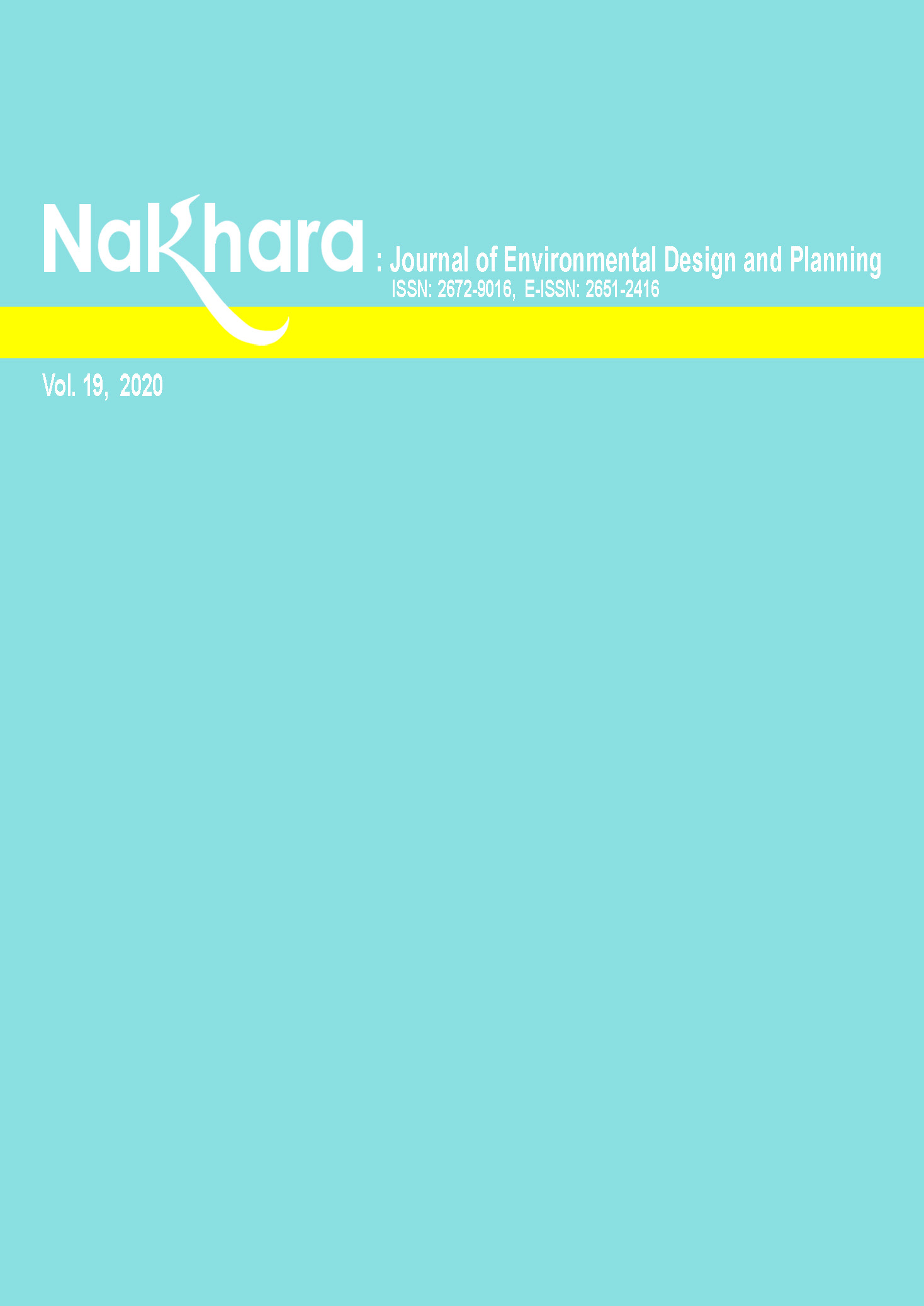A Prospect of Disaster Education and Community Development in Thailand: Learning from Japan
Main Article Content
Abstract
This paper aims to examine a prospect of disaster education and community development at the Hua Takhe community, Thailand. It explores program and participation as well as meaning and implication of the Japanese case studies through field observations and participations. Based on the analysis of the questionnaire survey of its inhabitants, the strengths of the Hua Takhe community include solidarity, human and cultural resources, and location. Nonetheless, its weaknesses are limitation of disaster prevention-related resource, insufficient cooperation between the old and the young generation, lack of systematic disaster management, and low participation in disaster drills. While collaboration with educational institutions, informal and innovative learning, better quality of life, and being an example for other communities can be considered as its opportunities, changing ownership and usage of dwellings and unbalanced development can be its significant threats. Consequently, this paper proposes a disaster education and community development program focusing on enhancing the inclusive learning community, which contributes to the disaster resilience of the Thai communities.
Article Details

This work is licensed under a Creative Commons Attribution-NonCommercial-NoDerivatives 4.0 International License.
References
https://www.oecd.org/governance/toolkit-on-risk-governance/goodpractices/page/disasterriskreductioneducationinjapan.htm [accessed September 1, 2018]
Faculty of Architecture, King Mongkut Institute of Technology Ladkrabang and Luang Prot-Tan Liem Community. (2013). A report of lesson-learned workshop on disasters at the Hua Takhe community. (in Thai)
Katada, T. and Kanai, M. (2008). Implementation of tsunami disaster education for children and their parents at elementary schools. Solutions to Coastal Disasters Congress, 2008.
https://www.researchgate.net/publication/267404832_Implementation_of_Tsunami_Disaster_Education_for_Children_and_Their_Parents_at_Elementary_School [accessed July 18, 2019].
Katada, T. and Kanai, M. (2016). The school education to improve the disaster response capacity: A case of ‘Kamaishi Miracle. Journal of Disaster Research. Vol.11 No.5, 2016.
Office of the Basic Education Commission, Ministry of Education. (2017). Learning standards and indicators of social studies, religion, and culture (revision 2017) under the 2008 core education curriculum. Bangkok: The Agricultural Co-Operative Federation of Thailand Printing House. (in Thai)
Shaw, R. and Takeuchi, Y. (n.d). Sustainable community disaster education in Saijo city and its effectiveness in landslide risk reduction. Master Thesis of Graduate School of Global Environmental Studies, Kyoto University, p. 275.
Takeuchi, Y., Mulyasari, F., and Shaw, R. (2015). Chapter 4 Roles of family and community in disaster education. Disaster Education. pp. 77-94, March 2015.
https://doi.org/10.1108/S2040-7262(2011)0000007010 [accessed February 20, 2019]
Tanaka, M. (2012). Learning regional living environments by making and playing indigenous playing cards. Gunma University Faculty of Education Research. Vol.29, pp.103-110, 2012. (in Japanese)
Tanaka, M. and Chaimuk, P. (2018). Disaster education by sharing flood experience in Thailand,
proceedings in The 12th International Symposium on Architectural Interchanges in Asia. Pyeongchang, Korea.
Tanaka, M., Kubo, H., and Anbo, E. (2019). Learning living environment by making and using indigenous playing cards based on year-round event including awareness of natural disaster. Gunma University Faculty of Education Research. Vol.36, pp.125-133. (in Japanese)
Thailand’s National Disaster Prevention and Mitigation Plan 2015. http://www.disaster.go.th/upload/download/file_attach/584115d64fcee.pdf [accessed September 30, 2019].
Wongphyat, W. (2019). A proxemic study of waterfront shophouses at the Hua Takhe market, Bangkok, Thailand. Nakhara: Journal of Environmental Design and Planning, Vol.16, pp. 101-118, June 2019.
Yamato, S. and Tanaka, M. (2017). The practice of disaster reduction education through making a picture book: Transmission of flood experience at Goryo village, Tamamura town, Gunma prefecture. Gunma University Faculty of Education Research, 2017. (in Japanese)

